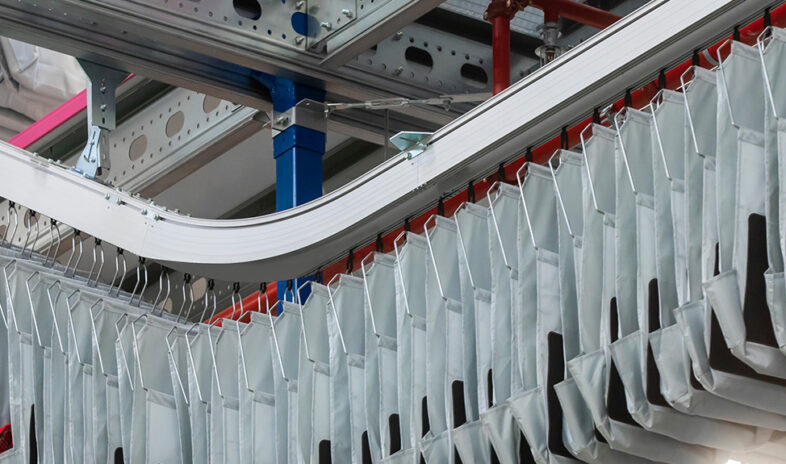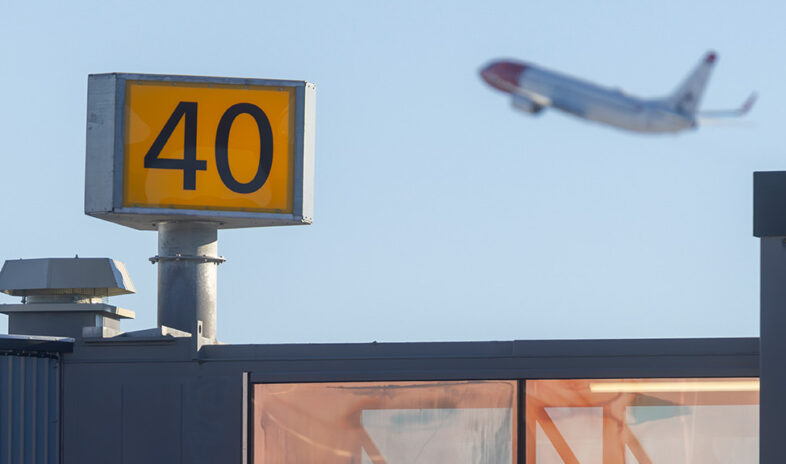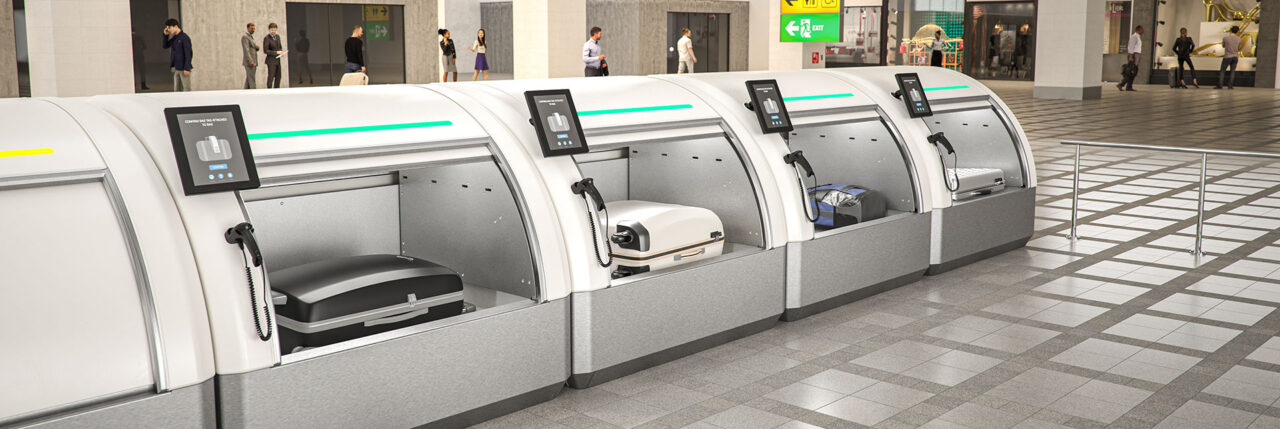Designed in much the same way as supermarket self-checkouts, self-service bag drop systems make it possible for airline passengers to scan their documents, print their labels, and weigh their baggage and send it on its way– in a fraction of the time it used to take.
In this article, we’ll take a closer look at what exactly a self-service bag drop system is, and the many advantages and potential disadvantages of self bag drops.
What is a Self Bag Drop System?
A self bag drop system is an automated baggage handling system implemented at airports to streamline the baggage check-in process. This technology allows passengers to check in their luggage independently without the need for airline staff assistance, reducing wait times and improving overall efficiency. The system typically consists of kiosks or stations where passengers can weigh, tag, and deposit their luggage into the airport’s baggage handling system.
Self bag drop systems are becoming increasingly popular in airports worldwide. As technology continues to advance, these systems are expected to incorporate additional features such as facial recognition and biometric scanning to further enhance security and passenger convenience.
Self-service bag drops: Advantages and disadvantages
The advantages enjoyed by airports are not strictly the same as airlines, although many overlap.
Advantages for airports with self-service bag drops
- Shorter check-in queues and less congestion as passengers pass through the check-in hall quicker
- Better space utilisation
- Better integration with other airport components
- More dwell time at retail outlets
- Happier passenger experience
Advantages for airlines using self-service bag drops
- Quicker check-in
- Reduced check-in staff needs – just one operator oversees ten self-service bag drops
- Reduced staff pressure
- Improved passenger interaction
- Happier passenger experience
‘Disadvantages’ of self-service bag drops
Many passengers don’t like change – the main disadvantage incurred by installing self-service bag drops in airports. But more often than not, the disadvantages of self-service bag drops are trumped by the advantages they generate.
- Passengers with specific needs or limited IT skills might struggle, but personnel savings will enable trained staff to dedicate more time to their problems, leaving them better equipped to manage better next time – a big plus for society in general.
- Passengers might grumble they’re on holiday, but travel is just as much about experience as relaxation. Dropping off their bags and sending them off on their journey gives passengers a greater sense of control over a part of the travel experience that has traditionally caused anxiety.
- Passengers with Out-Of-Gauge (OOG) bags or non-conveyable items – such as skis or golf bags, which typically account for 2-5 percent of all handled bags – might find it challenging, but it’s an improvement on having to check in their items at another bag drop point, which has always proved time-consuming. Extra staff resources will enable them to check in using the same self-service bag drops as their regular baggage.
A key component in the digital experience
Self-service bag drops are a perfect fit for young passengers reared in the Digital Age as they seamlessly integrate into the overall digitalisation of the passenger experience.
Empowering passengers to take care of their baggage needs in a more time-friendly fashion frees up airline personnel to focus more on customer relationship building.
Advantages of digital self-service bag drops
It might not be obvious to passengers, but there are many additional advantages going on behind the scenes that improve the overall airport experience.
- Higher check-in capacity
- Reduced footprint (quicker check-ins optimises the Ultimate Baggage Handling System)
- 100 percent read rate and tracking from check-in
- Higher percentage of conveyable items
- Baggage updates to passengers’ mobile phones
- Improved passenger flow and passenger experience
- Significant increase in resource productivity
Perfectly aligned to tote solutions
Among the airports onboard with ICSs (independent carrier systems), increasing numbers are favouring a tote-based self-service bag drop as a way of further improving the check-in experience and process.
Instead of placing the bag directly onto a conveyor belt, the passenger places it directly into a tote – so not only is the luggage labelled, but it is in a tray that can be digitally tracked 100 percent of the way through an RFID tag.
Tote-based bag drops eliminate the possibility of loose straps causing sorter jams, thus cutting down the need for manual intervention. They also reduce the risk of mis-aligned bags, damage to the bag or tag, tampering and security issues.





